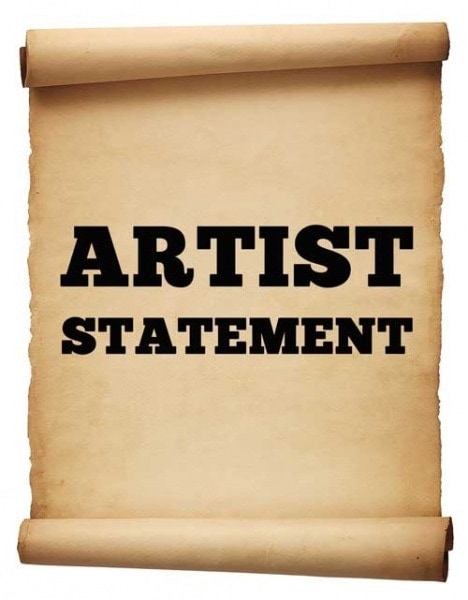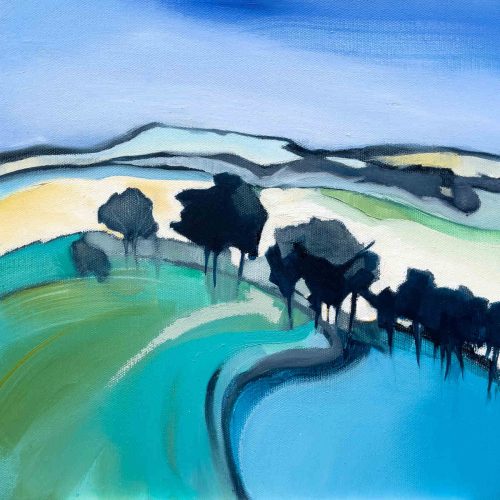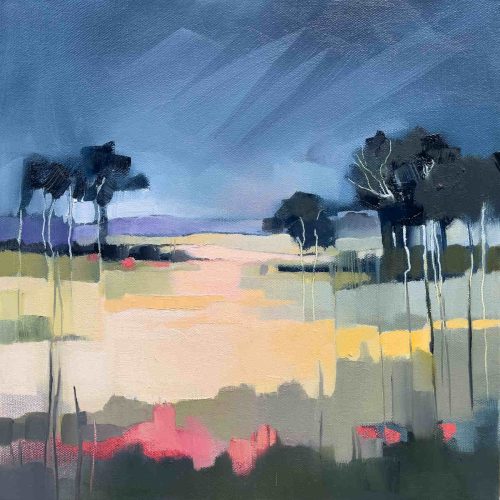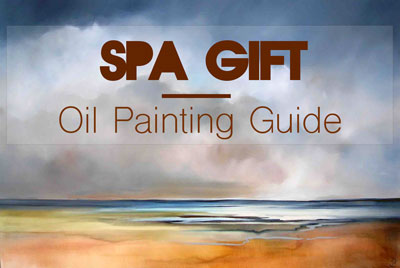Many artists complain about writing an artist statement and some even refuse. For visual people finding and organizing words into paragraphs to describe the multi-dimensional flow of variables that come together when they are creating seems impossible.
However the viewers of your art, some of them collectors, will be interested in what they see and simply want to know more. When you are physically in the same space you can easily talk to them about what they are looking at and answer their questions. When you are elsewhere your statement gives the viewer added insight; at least that is the hoped for outcome.
Creating a link in your artist statement
Often, the artist is so resistant to the prospect of finding the right words they don’t actually get that the task of writing an artist statement isn’t really difficult or complicated. Think of it this way; you are simply creating a link between the viewer and your work. When they read your statement they want information that only you, as the creator, can supply. So:
Do
- Write about what motivates you to head to the studio and begin working
- Describe the materials used
- Tell why you choose to work with these specific mediums
- Address problems you may be trying solve (if any)
- Write in easy to understand language
- Keep it short
- Keep it simple
- Look at some example artist statements
Sadly many artist statements miss the mark and become awkward epistles that are often not only difficult to write, but become an equally painful experience for the reader.
Don’t
- Dictate what the viewer should be seeing
- Constantly direct their gaze and tell them how they should be approaching the work or where they ought to be looking
- Give detailed instructions about what the work really means
- Give lengthy descriptions of who or what your influences are
Leave this kind of discourse to those who choose to write about your work such as curators, art reviewers, critics, agents and gallery owners. When you leave this verbiage out of the equation you are left with the writing that only you are uniquely qualified to provide and the whole process becomes instantly much easier.
Don’t forget to comment or sign up to the Sara Paxton Artworks newsletter if you liked this article.






Thanks for those informations. Just what I needed… 🙂
Kind Regards
Bozena
It’s my pleasure Bozena, I’m glad you found the article interesting and useful.
Thanks Sara
I needed that kind of guidance!
And will feel more comfortable and confident about writing an artist statement next time.